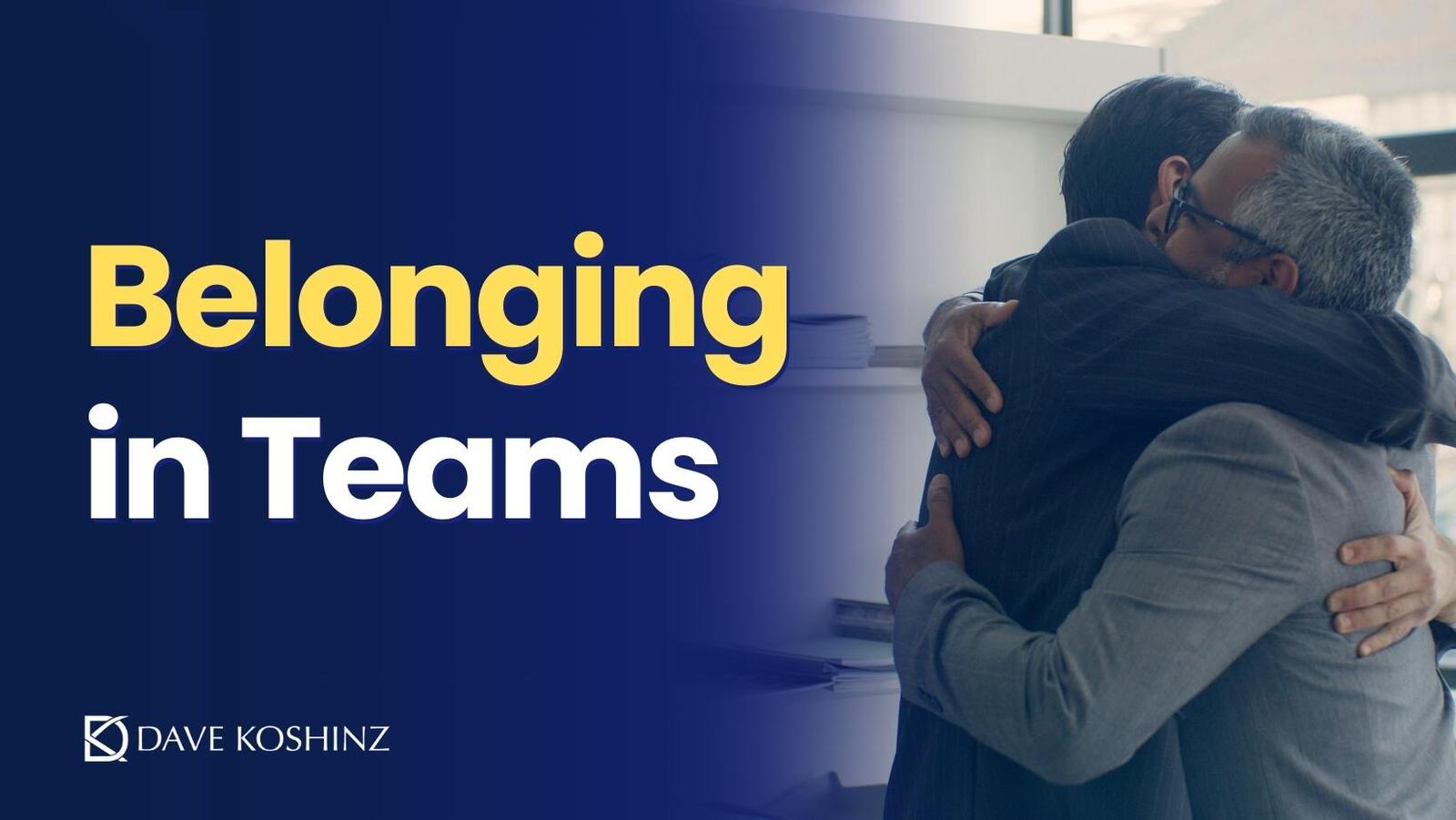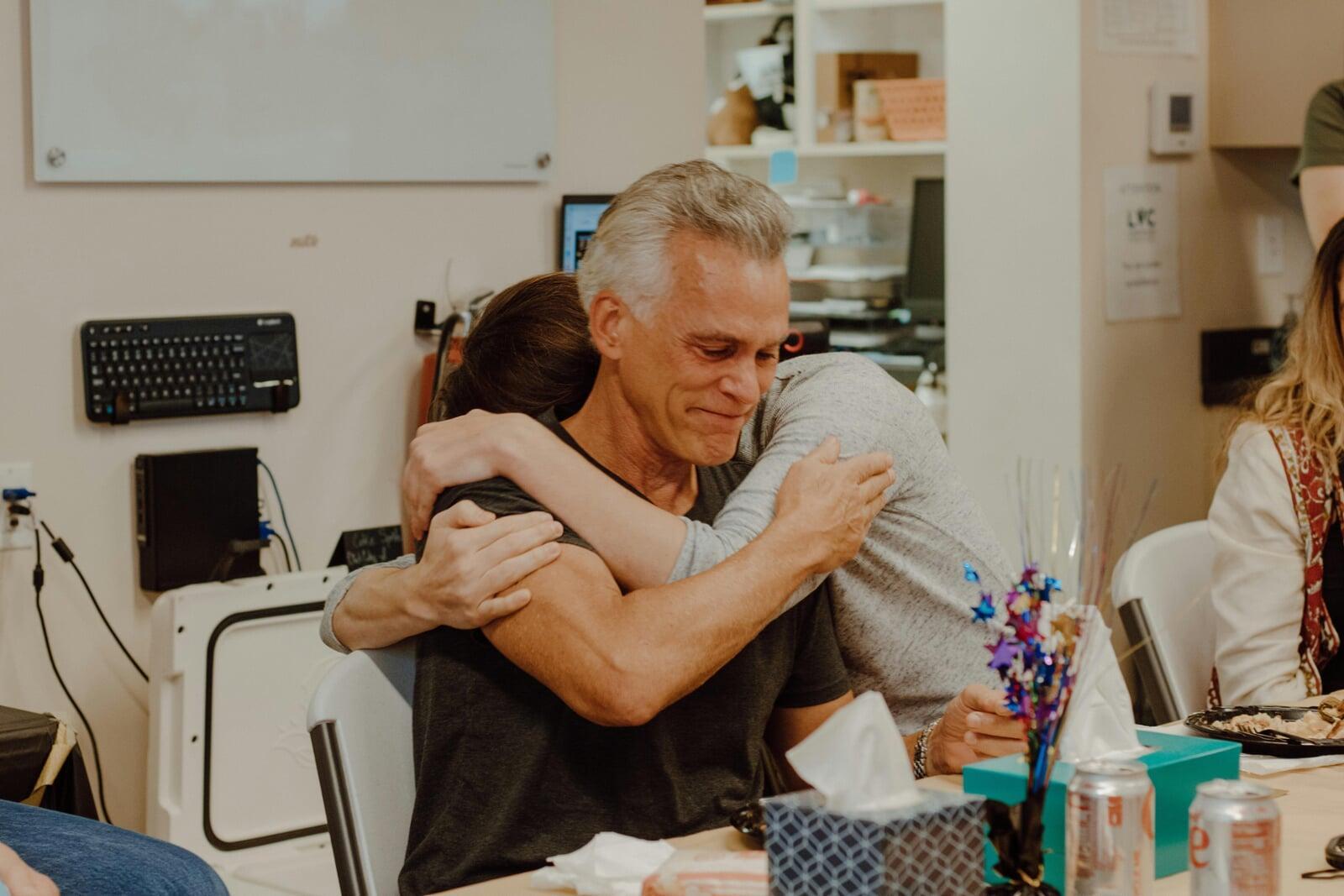

That’s the power of belonging. It’s the invisible thread that fuels loyalty, effort, and resilience. But in business, that thread must be strong and flexible. Because, unlike family, businesses change. Roles evolve. Teams restructure. And if a sense of belonging crosses into emotional dependency, even a necessary decision can feel like betrayal.
So how do leaders walk the line? How do you cultivate a team that feels like a tight-knit unit—without creating bonds so tight they become tangled?
Let’s explore the edge.
The Business Case for Belonging
Belonging isn’t a soft concept—it’s a strategic advantage. Research shows that employees who feel a strong sense of belonging are:
More engaged and willing to go the extra mile (Harvard Business Review, 2019)
More resilient in the face of challenges
More likely to stay in the organization
In short, belonging boosts performance, retention, and innovation. But there’s a catch: if not anchored properly, belonging can blur the lines between personal loyalty and professional clarity.
The Hidden Cost of Over-Identification
Consider two scenarios:
A startup team that’s been “in the trenches” together for years. They’ve weathered late nights, big wins, and difficult pivots. They’ve cried, laughed, and even vacationed together.
A leadership change is announced. One member takes it personally. Another quietly withdraws. Morale dips. Why?
Because their belonging wasn’t just to the mission—it was to the familiar. Their identities had become so intertwined with the team that any shift felt like personal loss.
This is where even well-meaning leaders can unintentionally foster emotional enmeshment. A high-trust team is invaluable—but not if it leaves people emotionally stranded when change arrives.
The Leader’s Edge: Belonging with Boundaries
The most effective leaders create healthy belonging. That means building a professional culture where people feel valued, included, and safe—without crossing into fusion or over-attachment.
Here’s how they do it:
1. Clarify the container
Set clear expectations from the start. “This is a team where we care deeply about one another and we hold ourselves accountable to a shared mission.” Belonging doesn’t mean permanence. It means purposeful connection in service of the work.
2. Anchor identity to purpose, not personality
Foster a sense of belonging to the vision, the values, and the contribution—not just to the personalities or the current configuration. When identity is tied to the impact we make, transitions feel less like loss and more like evolution.
3. Normalize change early and often
Make change part of the cultural narrative—not a rare, disruptive event. Talk about it openly: “Our team will evolve. People will grow into new roles or move on. That’s part of healthy growth.” Preparing people in advance builds resilience when the moment arrives.
4. Model professional empathy
You can care without coddling. Empathize when changes come, but also reaffirm that this is a professional relationship. “I value everything you’ve brought here. And I support your next step—even if it’s not with us.”
5. Celebrate contribution, not tenure
When team members leave, don’t over-glorify the goodbye. Focus on honoring what was accomplished. Let the message be: “Your impact matters, and we’re better for it.” This reinforces a culture of contribution over co-dependence.
Preparing for the Transition
A strong leader knows: when you’ve built something meaningful, transitions are emotional—whether you talk about emotions or not. But they don’t have to be messy.
If a shift is coming—realignment, restructuring, or letting someone go—begin softening the ground:
Start planting context early: “As we grow, our needs will evolve.”
Keep reinforcing the shared mission and the value of adaptability.
Offer support and clarity: “Here’s what’s changing. Here’s what remains steady.”
And when the moment comes, be direct and human. Not cold. Not overly apologetic. Just clear, kind, and grounded in purpose.

Belonging That Endures
Ultimately, the goal is not to prevent attachment—it’s to refine it. To create teams where people feel safe to contribute their best, knowing they’re part of something meaningful… but not trapped in it.
The leader who walks that line—the one who fosters true belonging with boundaries—builds teams that are not only powerful but sustainable. Teams that can flex with change. That can honor what was and still reach for what’s next.
And that’s where the real strength lies.
Which of these practices could you lean into more with your team? What conversations might you begin now to build both deeper belonging and healthy boundaries?
Would you like help applying these principles in your organization or leadership practice? Let’s have a conversation. No pitch, just real support.

